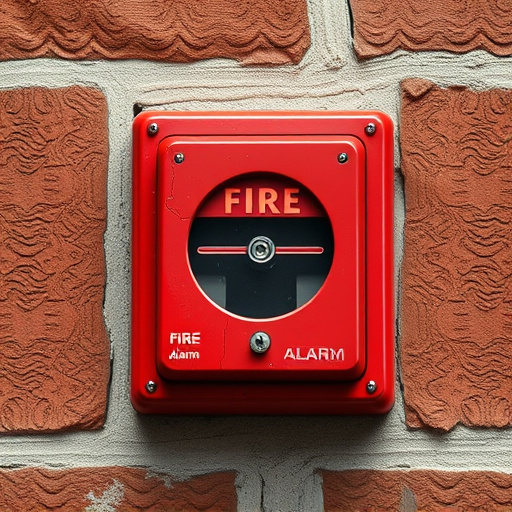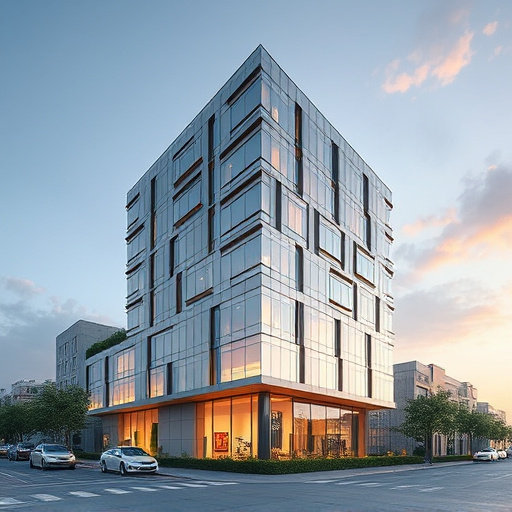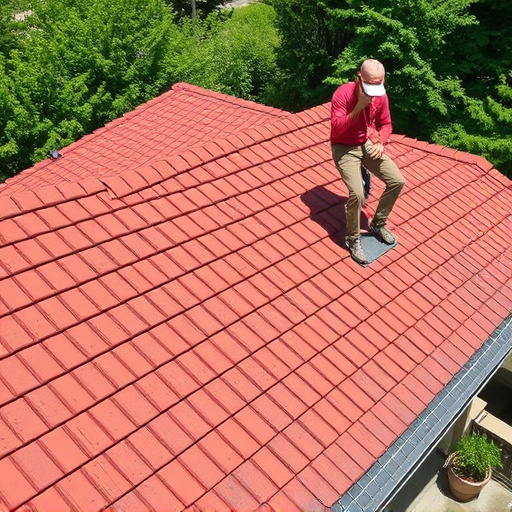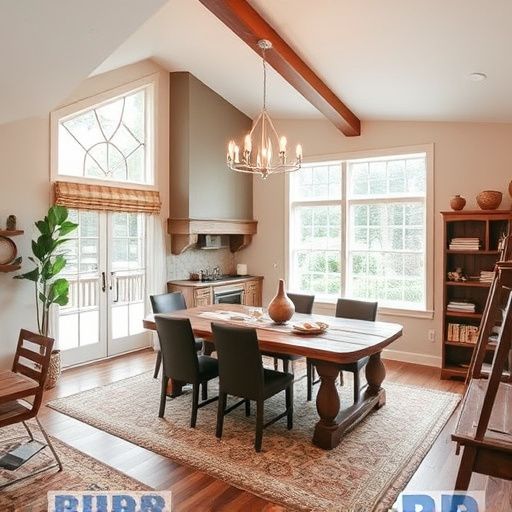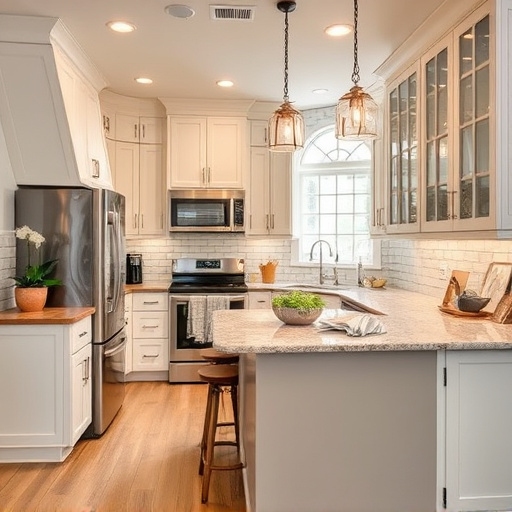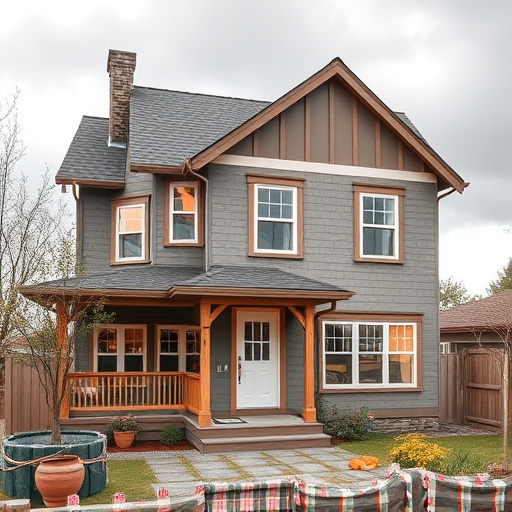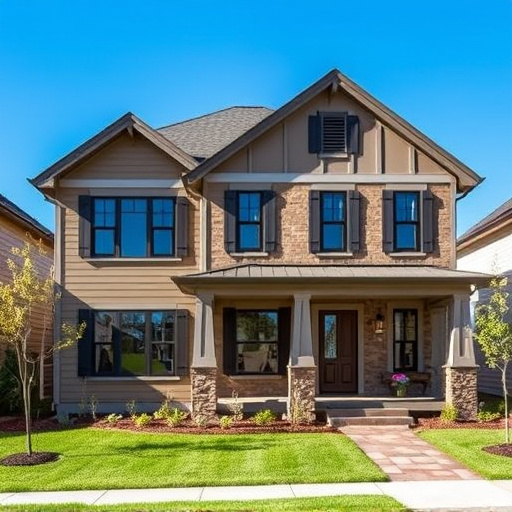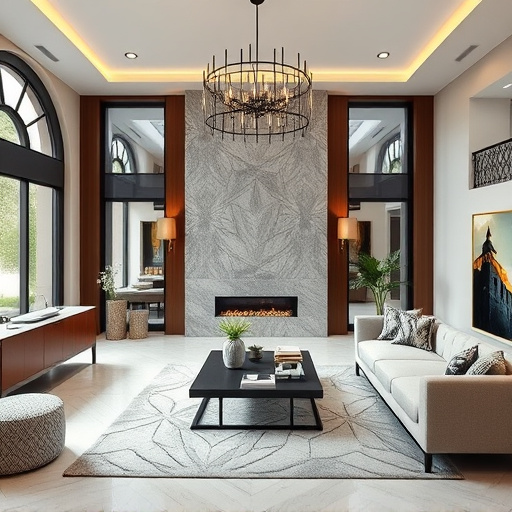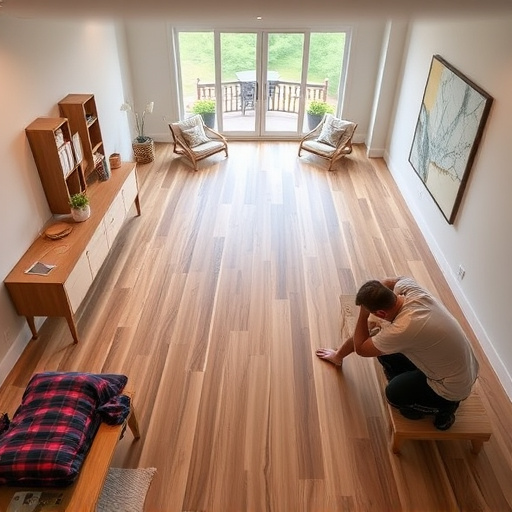Before starting any commercial remodeling project, thorough planning, open communication, and meticulous tenant disruption management are crucial. This includes creating detailed timelines, identifying potential disruptions, providing regular updates via newsletters or websites, and designating a point of contact. Proactive measures like alternate workspaces for tenants can minimize disruptions from activities like painting, kitchen renovations, or broader remodels, ensuring business continuity and a seamless process for all parties involved.
“Navigating commercial remodeling projects can be a delicate dance, especially when tenants are involved. This comprehensive guide equips property managers and contractors with essential strategies to handle tenant disruptions effectively. From pre-remodeling planning and communication to minimizing construction impacts and post-project resolution, we explore every step. Discover how to identify potential issues, develop clear communication plans, set realistic expectations, and leverage project management tools to ensure a smooth transformation while maintaining harmonious relationships with tenants.”
- Planning and Communication Strategies Before Disruptions Occur
- – Identifying potential tenant disruptions during remodeling
- – Developing a comprehensive communication plan with tenants
Planning and Communication Strategies Before Disruptions Occur

Before disruptions from commercial remodeling even begin, thorough planning and communication strategies should be implemented. The first step is to create a detailed project timeline that outlines the entire process, from start to finish. This includes identifying potential phases where tenant disruptions might occur, such as during demolition or installation of new fixtures. By doing so, you can anticipate challenges and plan accordingly.
Effective communication is key to managing expectations. Regularly update tenants about the upcoming work, its expected impact, and estimated completion dates. Consider hosting informational sessions or sending out newsletters to keep everyone on the same page. Additionally, designate a point of contact for tenants to reach out with any questions or concerns. This proactive approach ensures that everyone involved is prepared for temporary inconveniences, whether it’s a kitchen remodel, bathroom renovation, or broader commercial remodeling efforts.
– Identifying potential tenant disruptions during remodeling

During any commercial remodeling project, anticipating potential disruptions to tenants is vital. Before breaking ground, conduct a thorough assessment of the space and identify areas where renovation activities could significantly impact everyday operations. Consider factors like noise levels, access restrictions, and dust or debris generation. For instance, if the project involves a multiple room remodel or whole house remodels, it’s crucial to plan for alternate workspaces or temporary relocation for tenants, minimizing disruption to their business flow.
Identifying these challenges early allows for proactive communication with tenants, setting clear expectations, and implementing strategies to mitigate inconvenience. Whether focusing on interior painting or more extensive renovations, clear lines of communication and a well-structured project timeline will ensure that tenant disruptions are handled efficiently, keeping businesses running smoothly throughout the commercial remodeling process.
– Developing a comprehensive communication plan with tenants

Effective communication is key when managing tenant disruptions during commercial remodeling projects. The first step involves crafting a detailed plan to keep tenants informed throughout the process. This includes establishing clear channels for regular updates, such as email newsletters or dedicated project websites. Regular meetings with tenant representatives can also help address concerns and provide visibility into progress.
By implementing these strategies, you can minimize surprises and frustrations for your tenants. Moreover, keeping them engaged allows for valuable feedback on aspects like noise levels, access to premises, and the timing of construction activities. This collaborative approach ensures that the commercial remodeling process is as seamless as possible for all parties involved, with special consideration given to disruptions related to exterior painting, kitchen and bath renovations, or broader kitchen remodel projects.
Effective communication and thoughtful planning are key to minimizing tenant disruptions during commercial remodeling projects. By proactively identifying potential issues, engaging in open dialogue with tenants, and implementing a well-structured plan, you can create a smoother transition process. Remember that clear and consistent communication fosters trust and ensures everyone involved understands the benefits of the renovation, ultimately leading to a more positive outcome for both property owners and tenants.

